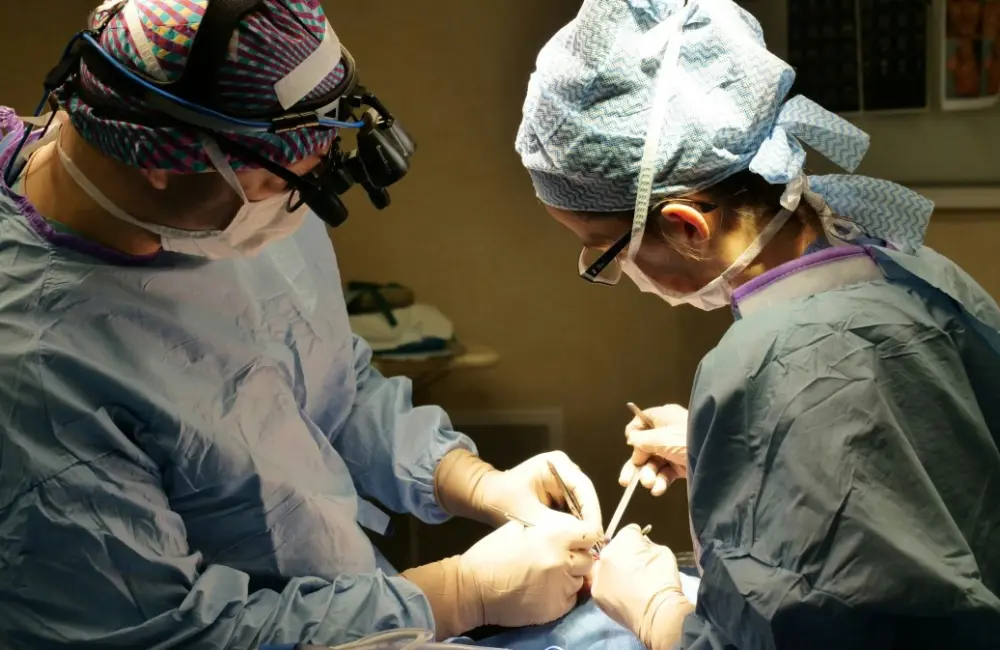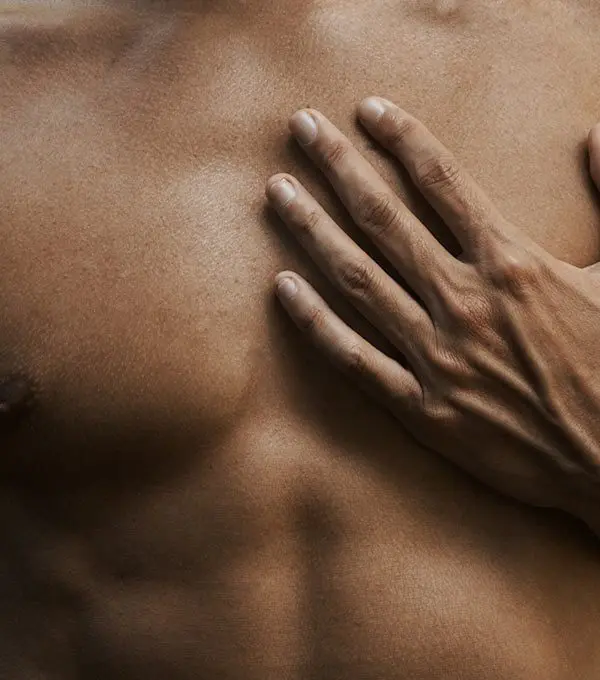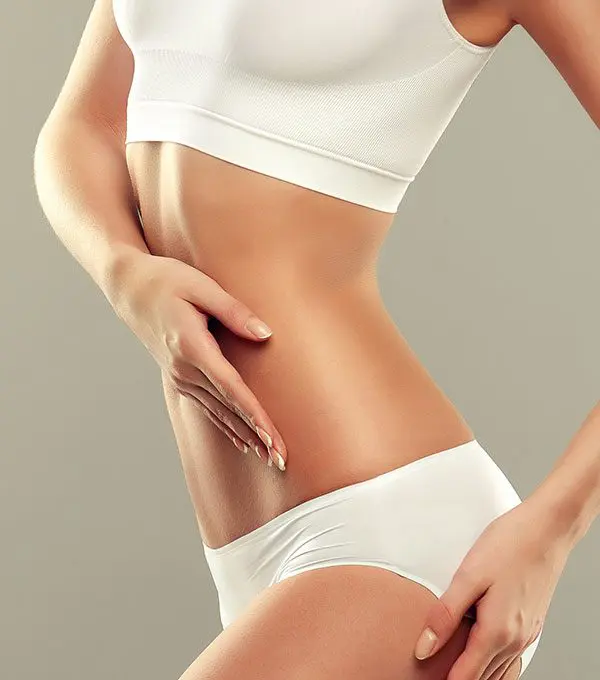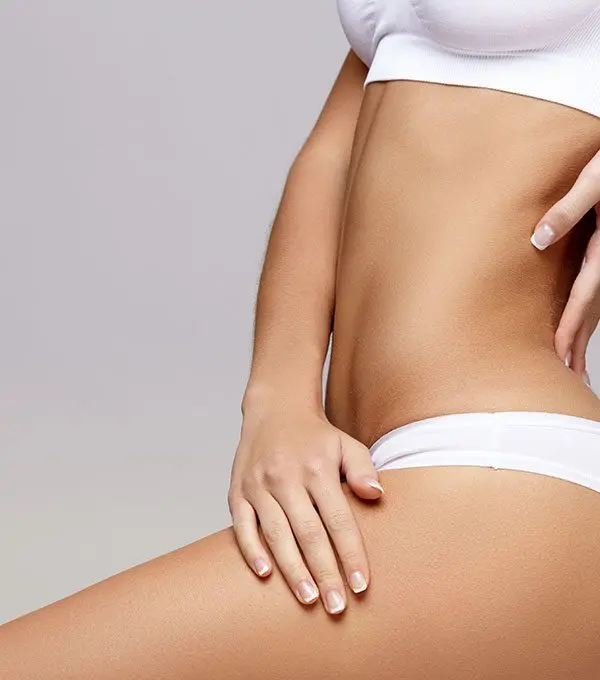Cosmetic Surgery
Global Comparison of the Most Popular Cosmetic Treatments
In 2025, the global cosmetics industry is booming due to growing disposable incomes, shifting beauty norms, and social media-driven demand. Patients don’t want to wait and see what the effects of ageing will look like on themselves, but instead invest in aesthetics far earlier, favouring lower downtime treatments.

Total Number of Procedures by Country: Who Leads the Way?
More than 30 million cosmetic procedures were performed worldwide last year, and the numbers continue to rise. However, the countries that take the largest share of global space industry revenue, and how they align with population, are a different story.
Top Countries by Number of Procedures
- United States – 6,165,173 procedures: With a clear preference for body-changing procedures and anti-ageing injectables, the US continues to lead the field in cosmetic treatments.
- Brazil – 3,123,758 procedures: A significant hub for both surgical and non-surgical procedures, Brazil is a testament to the country’s deep-rooted commitment to beauty and body maintenance.
- Japan – 1,631,600 procedures: Cosmetic surgeries in this country focus on subtlety, especially when it comes to the eyes and the nose.
- Italy – 1,371,220 procedures: Italian patients prefer a natural, subtle look and are far more likely to seek non-surgical options.
- Germany – 1,303,528 procedures: Effective and precise perfectly sums up Germany’s aesthetic market, with liposuction and injectables topping the list.
Other major nations include Mexico, India, Turkey, France, and Chinese Taipei, combining their own cultural preferences with the scene.
But things look different when we adjust for population size. Brazil and the US may be volume leaders, for example, but smaller countries like Italy and Chinese Taipei stack up much higher in procedures per 1,000 population. These rates also highlight the existence of countries with more established aesthetic markets, less regulation or higher social tolerance.
Cosmetic Procedures Per 1000 People
Top 5 Surgical Procedures Worldwide (By Volume and Share)
Cosmetic surgery is ever-changing, and patients are favouring treatments that yield results while still allowing for a natural appearance. These are the five most common surgical procedures performed worldwide:
- Eyelid Surgery (Blepharoplasty) – 2.1 million (12.1%)
- Liposuction – 2.08 million (12%)
- Breast Augmentation – 1.66 million (9.5%)
- Scar Revision – 1.15 million (6.6%)
- Rhinoplasty – 1.08 million (6.2%)
Body contouring is still growing, especially in the West, where liposuction and breast procedures have a high demand. Surgeries on the face, such as eyelid correction and rhinoplasty, are more popular in East Asia and the Middle East.
Scar revision is popular, particularly in certain countries such as India, where the demand for cosmetic changes is associated with both aesthetic and medical needs (e.g., after injury or burn). This suggests a broader interpretation of cosmetic improvement.
Surgical preferences also vary generationally. Facelifts or blepharoplasty are likely more appealing to an older demographic, whereas younger patients may go for a breast lift or a nose job.
Top 5 Non-Surgical Procedures Worldwide (By Volume and Share)
Non-surgical cosmetic treatments are on a meteoric rise. They are attractive because they involve less recovery time, lower cost and preventive aspects. The top five worldwide are:
- Botulinum Toxin (e.g. Botox) – 7.88 million (38.4%)
- Hyaluronic Acid Fillers – 6.34 million (30.9%)
- Hair Removal (Laser/IPL) – 1.49 million (7.2%)
- Non-Surgical Skin Tightening – 1.24 million (6%)
- Chemical Peels – 820,225 (4%)
None of the discussed methods can compete with botulinum toxin for treating lines and preventing wrinkles. The likes of hyaluronic acid dermal fillers are also pretty popular, sculpting cheeks, lips and jawlines back into shape.
With a surge in the market for non-surgical skin tightening, such as using radiofrequency, ultrasound, or laser, which can at its best make someone look naturally refreshed without the dangers of surgery, the industry is thriving.
The younger generation is now using these as a preventive measure to maintain younger, smoother skin without waiting for the lines and wrinkles to set in.
Country-by-Country Breakdown: What’s Most Popular Where?
United States
- Top Surgical:
- Liposuction (17.1%)
- Breast Augmentation (11.4%)
- Scar Revision (9.5%)
- Top Non-Surgical:
- Botulinum Toxin (43.1%)
- Hyaluronic Acid (29.5%)
- Skin Tightening (8.5%)
Insight: US aesthetic preferences are leaning towards body contouring and anti-ageing treatments. The wellness culture here feeds demand for both enhancement and maintenance work.
Brazil
- Top Surgical:
- Liposuction (12.3%)
- Breast Augmentation (9.9%)
- Eyelid Surgery (9.8%)
- Top Non-Surgical:
- Botulinum Toxin (45.7%)
- Hyaluronic Acid (22.9%)
- Skin Tightening (7.9%)
Insight: Beauty is a cultural cornerstone, and Brazil offers a cutting-edge combination of surgical artistry and high-volume, accessible prices.
Japan
- Top Surgical:
- Eyelid Surgery (36.8%)
- Rhinoplasty (10.6%)
- Liposuction (9.8%)
- Top Non-Surgical:
- Botulinum Toxin (33.1%)
- Hyaluronic Acid (27.3%)
- Hair Removal (10.6%)
Insight: Japanese patients seek facial symmetry and a natural appearance, rather than an obvious transformation.
South Korea
- Top Surgical:
- Eyelid Surgery (44.2%)
- Rhinoplasty (14.8%)
- Facelift (8.9%)
- Top Non-Surgical:
- Botulinum Toxin (38.5%)
- Hyaluronic Acid (30.2%)
- Laser Skin Resurfacing (12.3%)
Insight: South Korea is known for its advanced technology in cosmetic procedures, focusing on achieving a youthful and refined look.
Germany
- Top Surgical:
- Breast Augmentation (18.2%)
- Liposuction (16.5%)
- Eyelid Surgery (12.4%)
- Top Non-Surgical:
- Botulinum Toxin (40.1%)
- Hyaluronic Acid (25.7%)
- Laser Hair Removal (9.8%)
Insight: German patients prioritize quality and safety, often opting for procedures that enhance natural beauty.
Mexico
- Top Surgical:
- Liposuction (13.5%)
- Breast Augmentation (9.2%)
- Eyelid Surgery (8.9%)
- Top Non-Surgical:
- Botulinum Toxin (44.7%)
- Hyaluronic Acid (24.6%)
- Skin Tightening (6.2%)
Insight: In India, there is a growing trend towards minimally invasive procedures, driven by a younger demographic seeking enhancements.
India
- Top Surgical:
- Liposuction (21.3%)
- Rhinoplasty (15.4%)
- Hair Transplant (13.2%)
- Top Non-Surgical:
- Botulinum Toxin (35.6%)
- Hyaluronic Acid (28.4%)
- Laser Hair Removal (11.7%)
Insight: In India, there is a growing trend towards minimally invasive procedures, driven by a younger demographic seeking enhancements.
Turkey
- Top Surgical:
- Rhinoplasty (10.7%)
- Eyelid Surgery (10.4%)
- Liposuction (9.4%)
- Top Non-Surgical:
- Botulinum Toxin (48.2%)
- Hyaluronic Acid (29.8%)
- Hair Removal (7.2%)
Insight: Turkey’s attraction as a global rhinoplasty hub shows no sign of slowing down, as patients continue to visit from overseas.
France
- Top Surgical:
- Breast Augmentation (14.1%)
- Eyelid Surgery (10.5%)
- Breast Reduction (9.3%)
- Top Non-Surgical:
- Hyaluronic Acid (43.7%)
- Botulinum Toxin (37.2%)
- Hair Removal (6.6%)
Insight: Subtlety is key. Thanks to a growing number of very sophisticated patients, aesthetics has become the gold standard for every man and woman who wants to achieve a natural, subtle, chic look.
Chinese Taipei
- Top Surgical:
- Eyelid Surgery (26.6%)
- Fat Grafting – Face (14.1%)
- Breast Augmentation (10.8%)
- Top Non-Surgical:
- Botulinum Toxin (44.4%)
- Hyaluronic Acid (21.4%)
- Hair Removal (9.2%)
Insight: Influenced by K-beauty and regional ideals, facial refinement is the dominant trend in beauty.
Global Trends: Key Observations
- In any market, botulinum toxin and hyaluronic acid continue to lead, indicating a global trend in injectable aesthetics.
- Facial work, such as eyelid surgery and rhinoplasty, is in high demand in Asia and the Middle East, where symmetry and softness are highly valued.
- Cosmetic procedures like liposuction and breast augmentation continue to be some of the most popular surgical choices in the Americas and parts of Europe.
- Younger populations and medical tourism are compelling factors driving the attention and confidence of international patients seeking treatment from emerging markets, such as India and Mexico, which are prevalent in both volume and innovation.
- As the global economy evolves and the ranks of the middle class expand, cosmetic demand is projected to grow even further, particularly in Southeast Asia, Latin America, and the Middle East.
Cultural Drivers Behind Cosmetic Preferences
Why are preferences so different across regions? It all boils down to cultural beauty ideals and local availability:
- In the West, we appreciate a toned body, feminine curves, and wrinkle-free skin, and celebrities, fitness culture, and social media primarily drive this.
- In East Asia, the goal is to enhance facial harmony, which includes procedures such as eyelid surgery, V-line contouring, and skin lightening, guided by traditional beauty values and K-pop aesthetics.
- Religious or legal systems also influence what is considered appropriate or permissible, shaping the demand and the types of procedures that are used.
- Medical tourism is part of the equation: patients at home in the UK or the US will happily fly to Turkey, Mexico, or Thailand for treatment that is low-cost yet high-quality.
Looking Ahead: The Future of Global Cosmetic Procedures
The future of the cosmetic market is non-invasive and preventive care. Millennials and Gen Z are also less fixated on dramatic results, opting instead for the maintenance of their youthfulness. The demand for subtle, combination treatments with minimal downtime is here to stay.
Further innovation, from AI imaging and robotic-assisted surgery to regenerative injectables, will continue to transform patient expectations and options.
At the same time, regulatory developments are on the rise, particularly regarding safety, market, and practitioner licensing. A clear regulatory framework enhances a country’s ability to attract overseas patients.
Conclusion
Cosmetic treatments have moved from the periphery to the forefront, with an emphasis now on the global, personal, and non-invasive. The United States leads in total procedures, but countries such as Brazil, Japan, and Germany also play influential roles in setting trends.
In terms of surgical procedures, liposuction, breast augmentation, and eyelid operations are the top choices, while botulinum toxin and hyaluronic acid are the leading options in non-surgical treatments.
As attitudes to beauty shift and new technologies develop, the global aesthetic landscape is more varied, open and inventive than ever before.
The future of beauty is here, and it’s customised, culturally nuanced and widely available.







